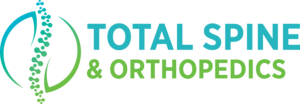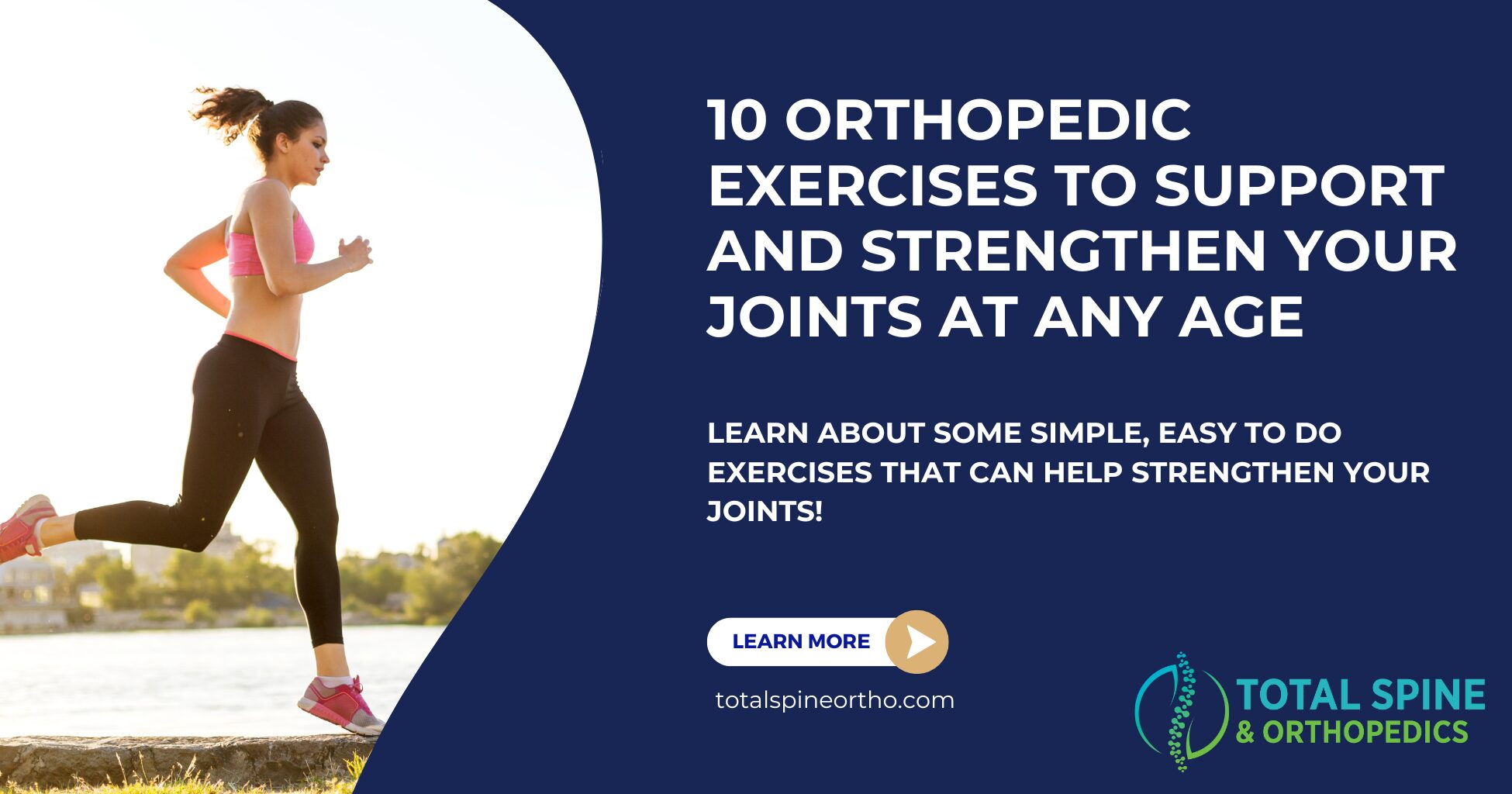Strong, flexible joints are essential for pain-free movement—especially for those living with arthritis or recovering from injury. Here are some of the top exercises that may help to protect and strengthen the joints in your hips, knees, ankles, shoulders, and spine.
Reminder: Be sure to follow any exercise or activity restrictions put in place by your physician, and stop exercise immediately if you experience new or worsening pain.
1. Walking (Brisk Daily Strolls)
- A simple, low-impact way to maintain joint lubrication, improve mobility, and reduce pain and stiffness in the knees and hips. Experts recommend aiming for at least 150 minutes per week.
- Walking remains one of the most commonly performed exercises among adults with arthritis.
2. Swimming & Water Aerobics
- Aquatic workouts provide resistance while reducing joint stress through buoyancy, helping build muscle around joints. This can be especially effective for hip and knee arthritis.
- Research supports water-based programs improving strength, flexibility, pain and quality of life in OA patients.
3. Cycling or Elliptical Training
- Low-impact cardio such as cycling or using an elliptical offers aerobic benefits and strengthens leg muscles without loading joints like running might.
4. Bodyweight Squats & Step-Ups
- Squats strengthen quadriceps, glutes, hamstrings, and core muscles, improving knee and hip stability and bone density when performed with proper form.
- Step‑ups also build lower body strength and balance with less joint loading than dynamic lunges.
5. Strength Training (Resistance Bands / Weights)
- Progressive resistance training builds muscle mass, improves joint range of motion, and reduces inflammation—key in managing arthritis pain and loss of function.
- Strength training two to three times weekly supports joint health and slows age‑related decline.
6. Eccentric Exercises (Slow Controlled Muscle Lengthening)
- Activities such as slow stair descents, calf drops, and eccentric leg extensions are especially effective at rebuilding muscle strength and protecting knee joints, with minimal stress on cartilage.
7. Tai Chi, Yoga & Pilates
- These low-impact practices promote flexibility, balance, posture, and joint lubrication. Tai Chi has shown significant improvements in pain, mobility, function, and bone density for knee OA in controlled studies.
- Yoga and Pilates enhance joint range of motion in shoulders, hips, and spine, with minimal joint stress.
8. Mobility Exercises (Daily Movement & Stretching)
- Movement every 20–30 minutes through stretches like cat–cow, shoulder circles, and ankle rotations helps reduce stiffness and preserve joint motion.
9. Glute- and Hip-Stabilizing Drills
- Exercises like lateral monster walks with resistance bands, clamshells, and glute bridges reinforce hip control and support knee alignment, protecting against valgus collapse.
10. Core-Stabilizing Moves (Dead Bug, Plank Variations)
- Core work such as modified planks and dead bug exercises preserves spinal alignment and reduces compensatory strain on adjacent joints.
If joint discomfort persists despite these exercises or starts to interfere with your everyday life, don’t wait, early evaluation by an orthopedic specialist can help pinpoint the root cause and guide you toward lasting relief and mobility. To get the expert care you deserve, consider scheduling an appointment with Total Spine today by calling (321) 499-4646 and take the first step toward moving pain-free again.


